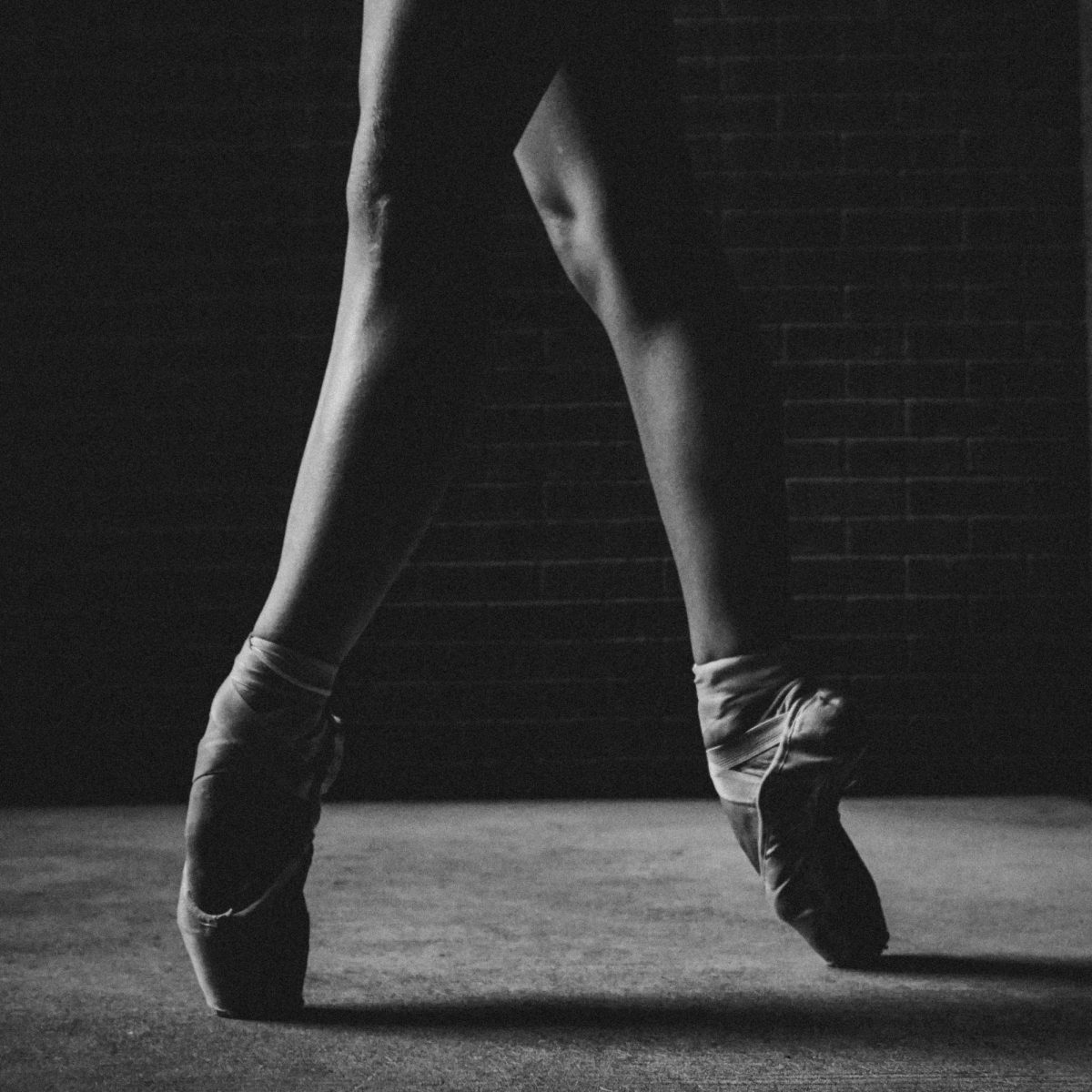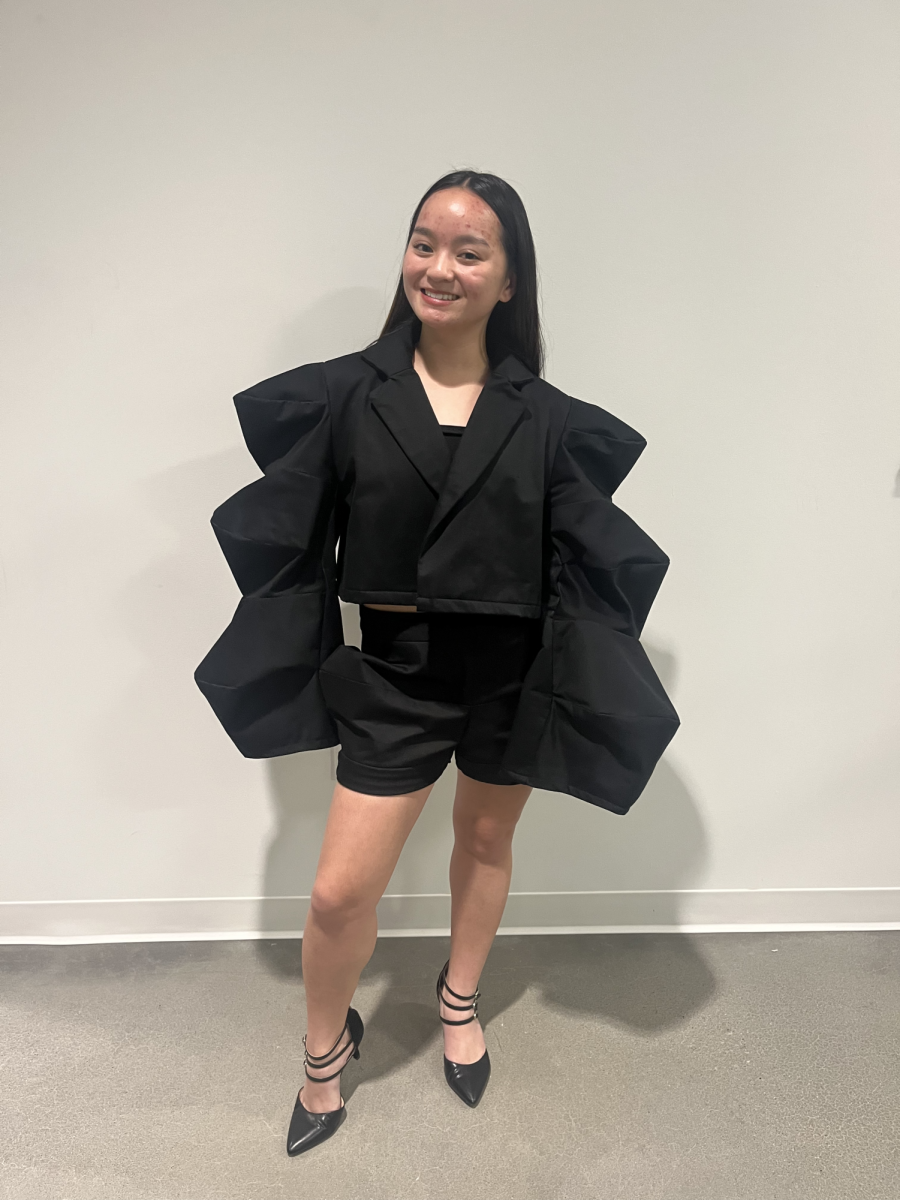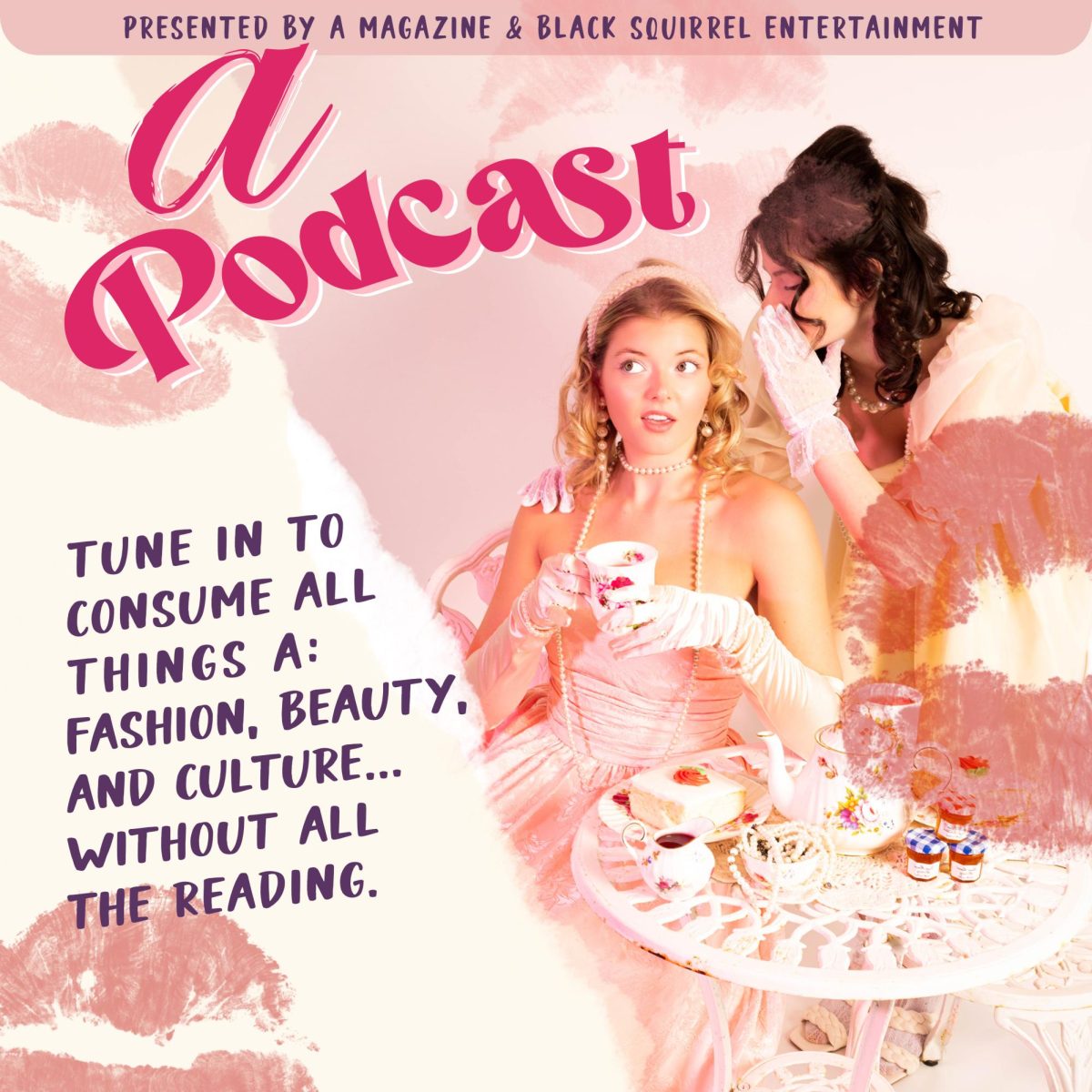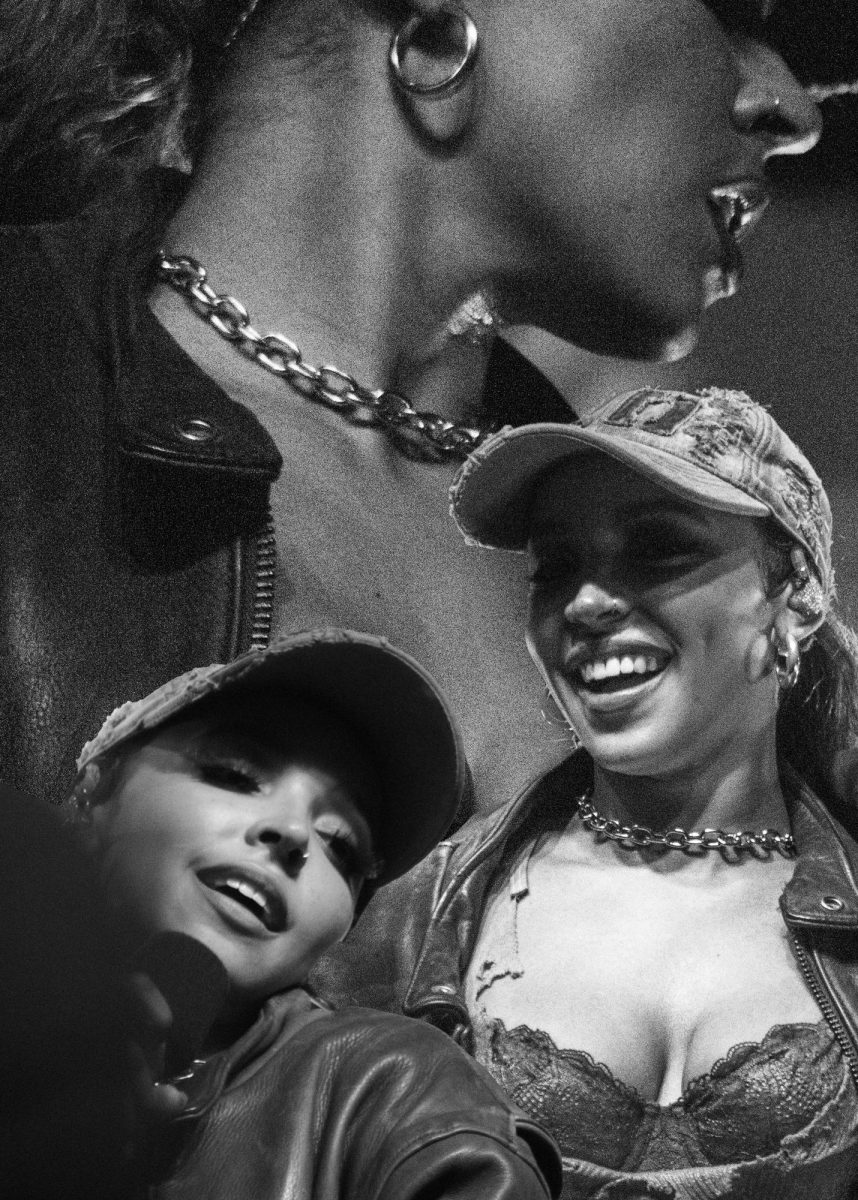The revitalization of Y2K fashion trends and their opposing aesthetics echo the deep divide within American culture and highlight socio-cultural norms for 2024. The resurgence of balletcore and grunge fashion staples creates statements on gender expression and the socio-cultural beliefs of womanhood in society. Fashion gives a voice to the wearer and a voice to the subculture they are embodying. The growth in these trends capitalizes on the dark and light. The hyper-feminine and masculine. The soft and edgy displays of how divided society feels during such a pivotal political time.
Ballet became a stylistic phenomenon in the 1930s and 1940s, bringing ballet shoes and bell-shaped silhouettes to mainstream fashion. In their Spring 2020 fashion collection, luxury brand Miu-Miu brought back many staple pieces of the ballet aesthetic: leg warmers, see-through lace skirts and ruffled silhouettes shaped similarly to tulle. In 2024, the trend of “balletcore” is circulating on TikTok with over 91 million videos under the hashtag. The videos explore ballet classes, performance get-ready-with-me’s and clothing hauls from stores such as Aerie and Urban Outfitters.
While many people are in the market for ballet-esque items, the creators influencing these trends, like Lily-Rose Depp and Gigi Hadid, still fall to the original exclusionary ideals of ballet. In an article for The Science Survey, Karishma Ramkarran said, “The over-aestheticization of ballet is even more concerning as it revolves around the notorious slim female silhouette.”
Balletcore being revitalized bodes a scary shift from body positivity to hyper-skinny frames. Jennifer M. Miskec wrote in an article for Project Muse that ballet portrays the notion of what society believes women should be: “Thin bodies, frilly skirts, speechlessness; graceful movements, [everything looking] easy while hiding the pain, physical anguish for beauty.” It is important to note most of the creators and followers of the trend still follow this ideal, though there are counterculture movements in balletcore that represent people who are not always highlighted in the ballet world.
People following hyper-feminized trends, such as “balletcore” may be finding relief and comfort in how they present themselves. The statements can reflect their identities and what they represent, wishing to focus on things that make them feel strength and power in their femininity.
Opposingly, the grunge aesthetic has shaped fashion since the ‘80s and is represented in many fashion aesthetics through staple pieces like black clothing, tattoos, chains, fishnets, Doc Martens, converse, oversized tees and sweaters and Mary Jane shoes. Grunge, at its core, has always been a way to subvert and push against cultural norms in society. Grunge-inspired aesthetics frequently pop in and out of fashion, with two new trends being “soft grunge” and “indie sleaze.”
The grunge aesthetic primarily was an aesthetic of a rebellion against the clean cut capitalist and is founded on anti-consumerism beliefs. Many people who follow this alternative fashion trend capitalize on finding secondhand clothing items, and reusing materials to thrift-flip items to create something they enjoy.
Indie sleaze was popularized during the late Y2K era, with celebrities such as Courtney Love dawning chipped nail polish and smudged eyeliner. It continues as individuals choose styles that fit a more messy, nonchalant style. The soft grunge aesthetic creates a new take on graphic tees, flowing clothes and chunky accessories.
Different iterations of the grunge aesthetic popularized through Tumblr have resurfaced, including the glamorization of poor mental health or disordered eating habits. The Tumblr aesthetic focused primarily on ultra-skinny bodies. In 2012, Tumblr even had to address these types of blogs and change their policies. In their policy Tumblr said, “Don’t post content that actively promotes or glorifies self-injury or self-harm. This includes content that urges or encourages readers to […] embrace anorexia, bulimia, or other eating disorders,” promising to work with organizations such as the National Eating Disorders Association.
The revival of both aesthetics is an avenue for wearers to express their perspectives on their socio-cultural experiences. With the upcoming election and primary issues involving the LGBTQ+ community and women’s reproductive rights, it makes sense these two conflicting aesthetics are being popularized as individuals want to find representation. It’s important to recognize both trends follow hyper-idealized versions of skinniness and may show a decrease in attention toward the body positivity movement. While both trends stylistically oppose one another, they are another way for individuals to represent their beliefs and spread their voices during such a divisive time.
Support Student Media
Hi! I’m Kayla Friedman, A Magazine’s editor-in-chief. My staff and I are committed to bringing you the most important and entertaining news from the realms of fashion, beauty and culture. We are full-time students and hard-working journalists. While we get support from the student media fee and earned revenue such as advertising, both of those continue to decline. Your generous gift of any amount will help enhance our student experience as we grow into working professionals. Please go here to donate to A Magazine.


















